Endangered Birds: The World’s Most Vulnerable Species
As the world continues to modernize, wildlife is facing unprecedented threats. One of the biggest threats to wildlife is habitat loss, which is contributing to the decline in the number of bird species across the globe. According to the International Union for Conservation of Nature (IUCN), over 1,000 bird species are currently threatened with extinction. In this article, we’ll explore some of the most endangered birds and what we can do to help protect them.
- The California Condor
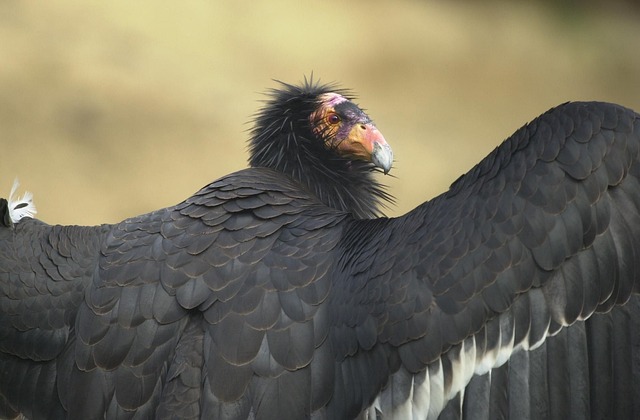
The California condor is one of the most critically endangered birds in the world, with only around 400 individuals remaining in the wild. The condor’s decline was primarily caused by habitat loss, hunting, and lead poisoning. Despite efforts to protect and reintroduce the species, California condors continue to face challenges, including the use of lead ammunition and the loss of suitable habitat. Image by PublicDomainImages from Pixabay
- The Philippine Eagle
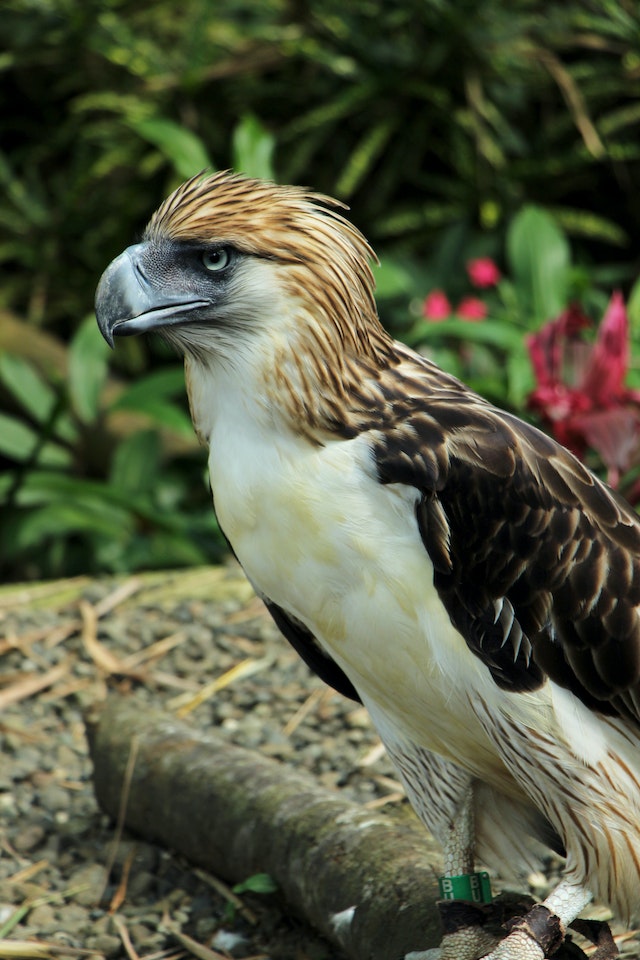
The Philippine eagle is one of the largest and rarest eagles in the world, with only around 400 individuals remaining. The species is threatened by habitat loss, hunting, and trapping, as well as the illegal wildlife trade. The Philippine government has implemented various conservation measures to protect the species, but the eagle continues to face threats. Photo by Janssen Panizales
- The Kakapo

The Kakapo, also known as the owl parrot, is a flightless bird native to New Zealand. The species is critically endangered, with only around 200 individuals remaining. The Kakapo is threatened by habitat loss, introduced predators, and disease. Conservation efforts, including captive breeding and habitat restoration, are underway to help save the species. Photo by Birmingham Museums Trust on Unsplash
- The Madagascar Pochard
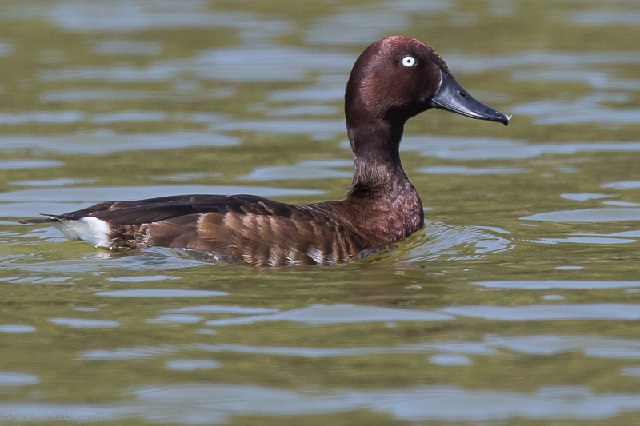
The Madagascar pochard is a duck species endemic to Madagascar and is one of the rarest birds in the world, with only around 30 individuals remaining in the wild. The species is threatened by habitat loss, hunting, and introduced predators. Conservation efforts, including captive breeding and habitat restoration, are underway to help save the species.
- The Spoon-billed Sandpiper
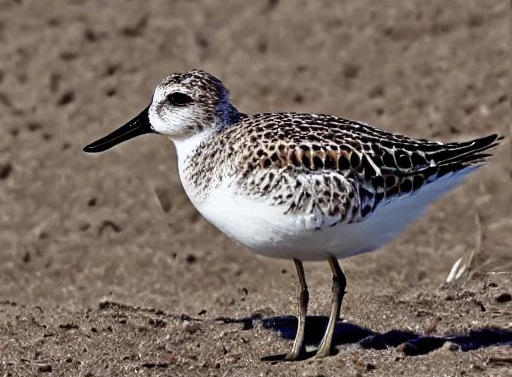
The Spoon-billed Sandpiper is a migratory bird species that breeds in Russia and winters in Southeast Asia. The species is critically endangered, with only around 500 individuals remaining. The species is threatened by habitat loss, hunting, and illegal wildlife trade. Various conservation measures, including habitat protection and captive breeding, are being implemented to protect the species. Photo by Neal Smith
FAQs (Endangered Birds)
Q1. What is causing the decline in bird populations?
A1. Habitat loss, hunting, and pollution are some of the biggest threats to bird populations.
Q2. How many bird species are threatened with extinction?
A2. Over 1,000 bird species are currently threatened with extinction.
Q3. What is the California Condor’s biggest threat?
A3. The California condor’s biggest threat is lead poisoning from lead ammunition.
Q4. What is the Philippine eagle?
A4. The Philippine eagle is one of the largest and rarest eagles in the world.
Q5. What is being done to protect endangered bird species?
A5. Conservation efforts, including captive breeding, habitat restoration, and protection, are being implemented to protect endangered bird species.
Conclusion
The decline in bird populations is a serious concern, and urgent action is needed to protect endangered bird species. Habitat loss, hunting, and pollution are some of the biggest threats to bird populations. By implementing conservation measures such as captive breeding, habitat restoration, and protection, we can help save endangered bird species from extinction.
Photo by Skyler Ewing

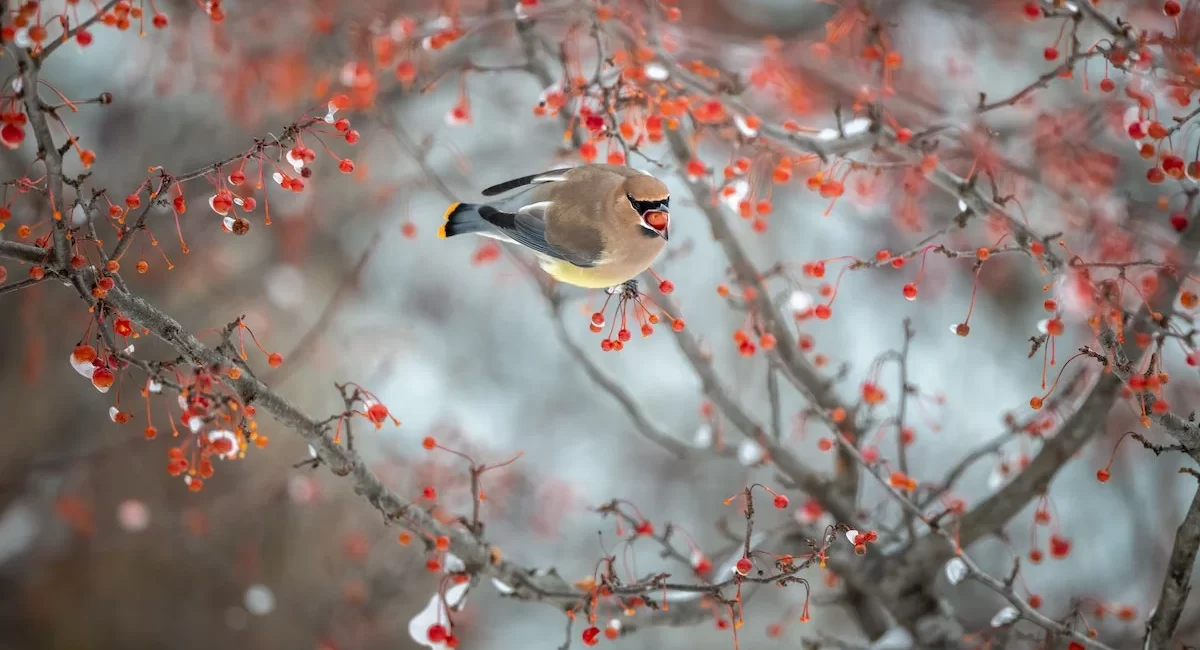

Leave a Comment